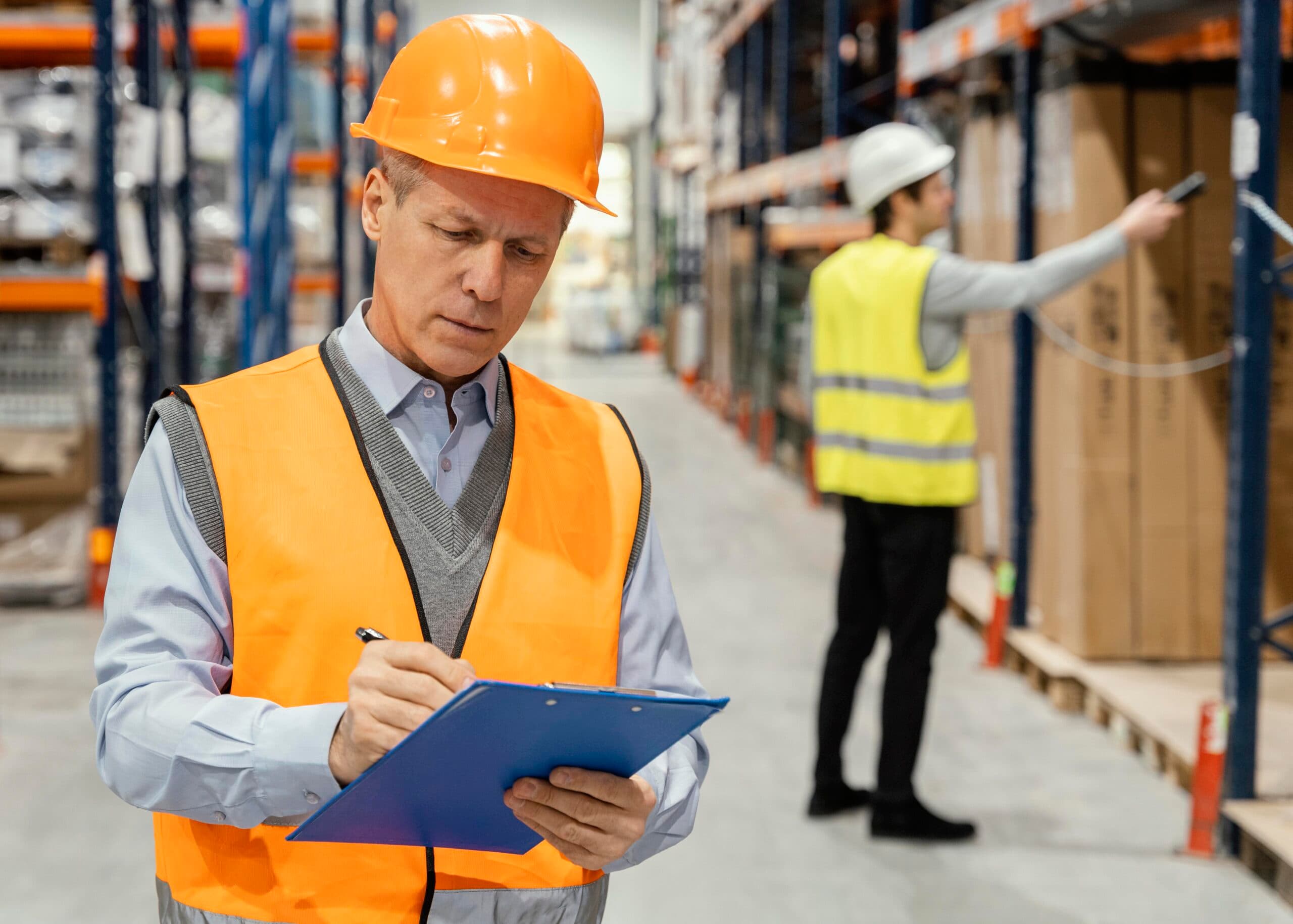The Ultimate Checklist for Importers Using London Gateway Customs

Importing goods through the port of London Gateway offers major advantages in reach and efficiency—but it also demands careful attention to customs clearance requirements. Whether you’re a first-time importer or an experienced supply chain manager, having a clear checklist will help ensure your shipment moves smoothly. At Global Cust, we’ve distilled the key steps and considerations so you can navigate customs clearance at London Gateway with confidence.
1. Confirm Your Import Classification & Documentation
Before goods even arrive, you should:
- Verify the correct commodity (tariff) code for your items—incorrect classification is a common cause of delays.
- Ensure your commercial invoice, packing list, certificate of origin (where applicable), and any licensing documents (for restricted goods) are fully prepared.
- Register for an EORI number if you don’t already have one. This identifies your business to HM Revenue & Customs (HMRC).
- Determine if your goods will be subject to import VAT, duty or other charges, and ensure funds or deferment arrangements are in place.
2. Pre-Lodge the Declaration & Link Shipment Data
Because London Gateway is a high-volume, modern facility, pre-lodging your customs declaration is critical. Checklist items here:
- Submit your import declaration via the CHIEF or CDS system in advance.
- Use the correct Unique Consignment Reference (UCR) and Container/Shipment numbers so that port systems accurately match your goods.
- Indicate the correct Customs Procedure Code (CPC) reflecting how you intend to treat the goods (e.g., free circulation, inward processing, customs warehousing).
- Notify your freight forwarder or agent of manifest details and arrival times so everything is aligned.
3. Ensure Transport, Haulage & Inland Movement Are Coordinated
Once the ship arrives, goods move fast—especially at a facility like London Gateway. Key tasks:
- Confirm with your haulage provider (or agent) that the container release instructions are aligned with your customs clearance instructions.
- Arrange for onward movement (road/rail) from the port; delays in transport booking can result in storage charges.
- If you plan to move goods into a bonded warehouse or free-zone facility, ensure importation procedures are properly authorised and documented.
4. Payment of Duties, VAT & Deferment Arrangements
To avoid bottlenecks:
- Confirm your duty and import VAT liability (or confirm if relief applies). One provider notes: “Accurate duty and VAT calculation and payment” is a key aspect of clearance at London Gateway.
- If you use a deferment account (common for frequent importers), ensure it’s valid and funds or guarantees are current.
- Retain proof of payment or deferment for your records.
5. Compliance with Regulatory Checks & Inspections
Some goods may be subject to additional regulatory controls (e.g., foodstuffs, chemicals, pharmaceuticals, plant or animal products).
- Determine in advance whether your goods require health inspections, licences, or special certificates (for example, a Common Veterinary Entry Document (CVED)).
- Allow for potential inspections by port authorities or HMRC; ensure your supplier, freight forwarder, and customs agent are aware and ready.
- Confirm whether your goods will move under simplified procedures such as Customs Freight Simplified Procedures (CFSP) or Inward Processing, and ensure your agent holds the necessary authorisations.
6. Documentation Retention & Audit Readiness
Post-clearance, maintain proper records:
- Keep all import declarations, duty/VAT payment records, release notices and transport documentation for at least six years (UK typical requirement).
- Conduct periodic internal checks to ensure accuracy of commodity codes, valuations, origin claims and classification.
- Be prepared: HMRC may audit later and demand justification for your declarations.
7. Monitor & Optimise for Future Imports
Allow room for continuous improvement:
- Evaluate any delays, additional costs or bottlenecks in your clearance process and identify root causes.
- Work with your customs agent, freight forwarder and supplier to plan better for future shipments—especially if London Gateway becomes a regular port of entry for you.
- Consider obtaining Authorised Economic Operator (AEO) status or other trusted-trader certifications to expedite future clearances. Some clearance agents emphasise the value of such status.
Clearing goods through London Gateway offers great advantages—efficient infrastructure, modern handling systems and excellent connectivity to UK markets. However, the speed and reliability of your shipment’s entry hinge on how well you prepare for the customs clearance process. By following this ultimate checklist—covering classification, documentation, pre-lodgement, transport coordination, payment and compliance—you’ll be well positioned for a smooth import experience. Partnering with a knowledgeable customs agent and maintaining rigorous documentation will help prevent delays and avoid unnecessary costs. With proper planning and execution, you can make customs clearance at London Gateway a streamlined part of your supply chain rather than a bottleneck.





.png&w=256&q=75)
